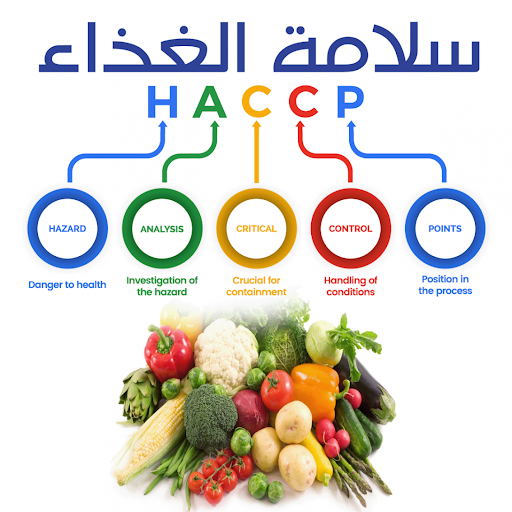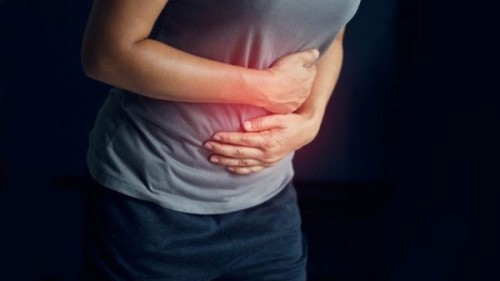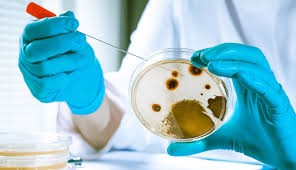The Seven Basic Principles of the HACCP System:
1. Hazard Analysis: Identify all potential hazards at each step of the process.
2. Identify Critical Control Points (CCPs): Determine the points where the hazard can be controlled to prevent, eliminate, or reduce it to an acceptable level.
3. Establish Critical Limits: Define the maximum and minimum values (e.g., temperature, time, pH) that must be controlled at each critical control point.
4. Establish Monitoring Procedures: Set up a system for regular monitoring of critical control points to ensure they remain within specified limits.
5. Establish Corrective Actions: Identify actions to be taken if monitoring indicates that a critical limit has been exceeded.
6. Establish Verification Procedures: Ensure the system is working correctly and effectively (e.g., periodic reviews, laboratory tests).
7. Establish a Documentation System: Document all procedures and records related to the system to demonstrate effective control.





